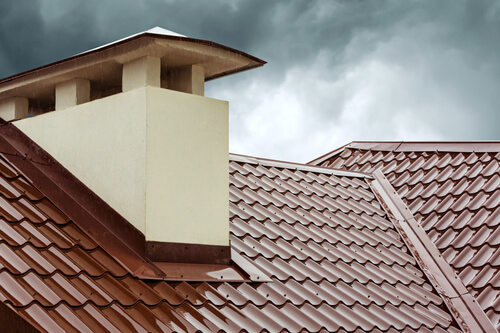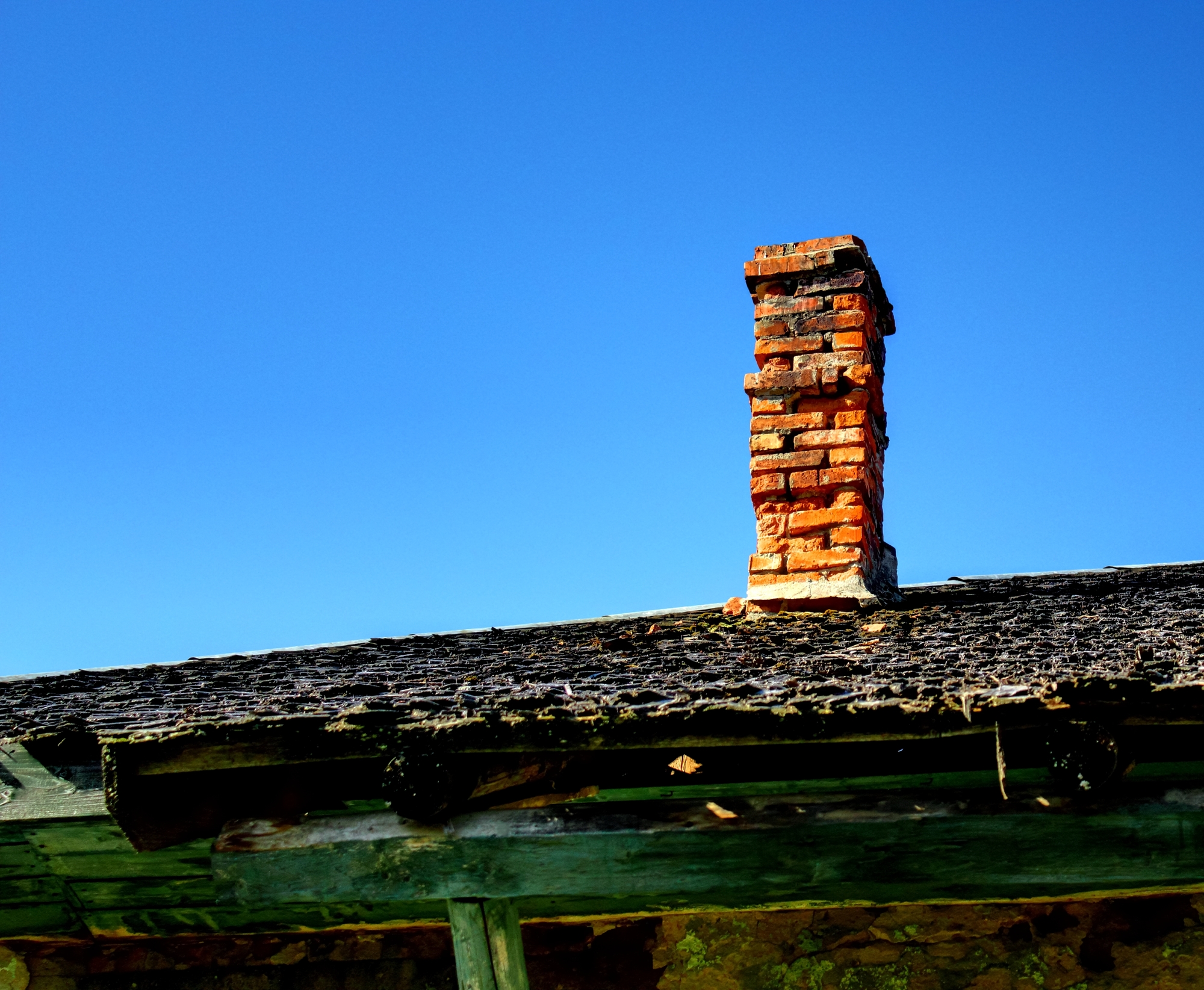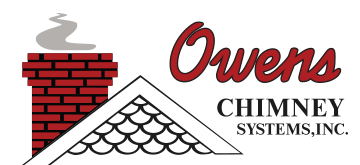So, think about it… when you get a new car, you make sure to get the oil changed on a regular basis, otherwise it might break down. And if you buy a new appliance, you follow the care instructions carefully so that nothing goes wrong. And when you have new carpet installed, you take special care that no one goes on it with food or dirty shoes. Right? So, why don’t the same rules apply to your chimney and fireplace? All too often we talk with homeowners that don’t invest in the regular care their system needs.

All too often we talk with homeowners that don’t invest in the regular care their system needs. In fact, the chimney is probably one of the most taken-for-granted parts of your home. It’s one of those things that you expect to be there for you when you need it, but don’t give much thought to in the meantime.
Unfortunately, this can lead to bigger issues, like masonry damage, broken down parts, and hazards in your home (think smoke backup, carbon monoxide exposure, and house or chimney fires). One way to avoid issues is by checking for leaks regularly – it may save you from pretty large repair bills down the road!
Looking for the specifics on these (unfortunately all-too-common) problems? We’ve got the lowdown on it all.
Damaged Flashing
Have you noticed that your ceiling is looking stained and nasty or even a little saggy in places? How about the wallboard around your chimney? If it is peeling, bubbly, or soft around the fireplace, then it’s a pretty safe bet that your flashing is damaged or installed incorrectly.
In these cases, it’s easy to see what the damage is to the interior of your house, but that’s only a part of the issue. The bigger problem is the parts you can’t see – the damage to your chimney.
What is flashing exactly? Well, if you take a look at your roof, you’ll notice at the base of the chimney that there are some metal strips – that’s the flashing! These strips are designed to protect this especially vulnerable area. Yet, if these strips are loose or torn, then it will be easier for precipitation to sneak in.
If you’re noticing flashing issues, you’ll want to ask a professional to come look at the problem as soon as you can!
Masonry Decay & Deterioration

Precipitation is known for causing major damage to your chimney masonry. We tend to think of our chimneys as indestructible, so it’s hard to imagine that something as non-threatening as water can cause such big problems for chimney owners. But the fact is that bricks and mortar are porous materials, and when rain and snow fall, they can permeate those pores quite easily and quickly.
What we especially want to warn homeowners about is the freeze/thaw cycle. If temperatures drop low and that pre-absorbed water freezes, it will expand and cause those pores to get bigger.
This in turn will give more space for water to enter, and as this freeze/thaw cycle continues, the structure of your chimney will weaken.
This type of damage can cause several issues to occur such as a chimney settling, water-stained walls and ceilings, rotting wood around your fireplace, rusted damper parts, and decaying mortar on the outside of the chimney. All of these conditions can be serious and could easily lead to expensive repairs.
Broken-Down Crown
Another part of the chimney that could be causing leaks is the chimney crown. The chimney crown is ideally made of concrete and sits at the very top of your chimney. It is designed to have sloped sides and overhang a bit past the edge of the chimney, so that any moisture in the weather runs off the slope and away from the sides of the chimney.
If your chimney crown is cracked or chipped, it won’t function as efficiently, and your whole system will suffer as a result. Some crowns face damage from lack of maintenance or severe weather, but some were simply built from the wrong materials to begin with. Whatever the case is for you, getting a qualified tech on the job right away is a must!
Missing or Broken Chimney Cap
The chimney cap is the piece that sits at the top of your chimney. It works to keep water and other types of precipitation out of your flue, while also ensuring no birds, animals, trash, and debris get lodged in there either. It even prevents downdrafts and ensures no stray sparks end up on your flammable roofing materials.
Needless to say, if it’s missing or damaged, your system will suffer quite a bit.
Don’t Wait – Invest in the Care You Deserve Today!
If you notice signs of chimney leaks, call us today. Ignoring these early signs of water damage can lead to major repairs later on, and that can be a real hit to your pocketbook. Call us in now before you’re left stressing this fall!
And once we get your system repaired and ready for use, we urge you to consider investing in our waterproofing services. Waterproofing is a preventive measure that can add years to your chimney’s life, but because it’s not a requirement, many homeowners deprioritize it – this is a big mistake! Ask us about our vapor-permeable products today.
We’re Here for You
In the end, unless you’re just looking for a reason to get rid of your chimney, there really is no excuse for not taking better care of it. If you need assistance, be sure to have an experienced technician inspect your chimney, and then have it repaired if necessary to prevent any future water penetration issues.
Live in or near Charlotte? Then, the crew here at Owens Chimney Systems is here to help you out with it all. Reach out today!

